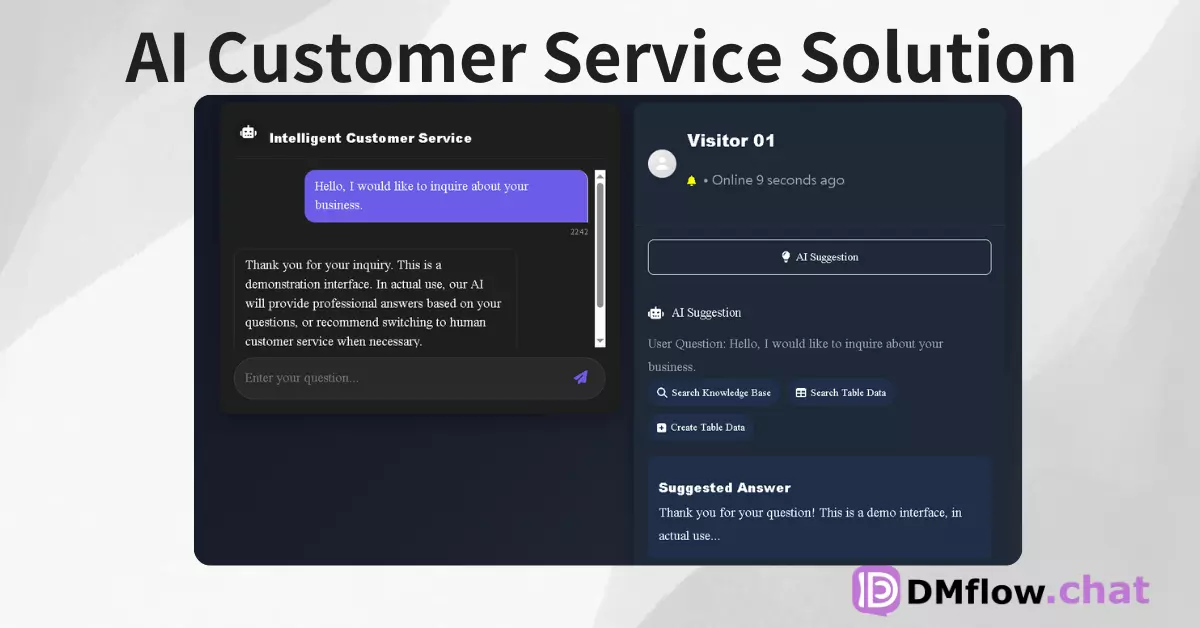AI Model Showdown Ends Here? Google LMEval Makes “Model Battles” Fairer and More Transparent!
Still struggling to compare different AI model performances? Google’s open-source framework, LMEval, offers a standardized evaluation process, making comparisons between top models like GPT-4o and Claude 3.7 Sonnet easier and more objective. Let’s take a look at what makes this evaluation powerhouse so impressive—and how it solves the pain points in AI benchmarking!
The AI world has been on fire lately, with major players rolling out their most advanced large language models (LLMs) and multimodal models—GPT-4o, Claude 3.7 Sonnet, Gemini 2.0 Flash, Llama-3.1-405B, and more. But here’s the question: with so many models out there, which one is actually better? Which one performs best for specific tasks?
As the chart at the beginning suggests, model scores on metrics like Harmfulness (where higher scores mean safer responses) vary significantly. But how can we ensure these comparisons are fair and objective?
Do you often feel like comparing AI models is like watching a martial arts tournament with no unified rules? Each company uses different APIs, formats, and benchmarks, making it incredibly difficult—and inefficient—for researchers and developers to make fair comparisons.
How Hard Was Model Evaluation Before?
Honestly, before LMEval came along, if you wanted to compare Model A with Model B, you’d probably have to:
- Dive into the API documentation from both companies.
- Convert and preprocess data into their specific formats.
- Ensure you’re using fair and consistent benchmarks—or create your own.
- Write tons of custom code to run your tests.
This whole process drained time and energy, and even then, there was no guarantee of fairness. It’s the classic case of “it hurts, but I suffer in silence.”
Enter Google LMEval: Making Evaluations Simple
To tackle this headache, Google recently launched LMEval, an open-source framework with a clear goal: to simplify and standardize the evaluation process for large language and multimodal models.
With LMEval, you can define a benchmark once and apply it across any supported model—virtually no extra work required. It’s like giving all AI models a level playing field, where everyone competes under the same conditions. You’ll see who’s best at a glance.
LMEval Isn’t Just Talk—Here’s What It Can Do
You might be wondering, “LMEval sounds great, but what exactly can it do?” Here are some of its key features:
-
More Than Just Text: Handles Images and Code Too
LMEval goes beyond traditional text evaluation—it also supports image and code-based tasks. Google says users can easily add new input formats, making it highly flexible.
-
Diverse Question Types to Expose Model Weaknesses
Whether it’s true/false, multiple choice, or open-ended text generation, LMEval can handle it all.
-
Catch Models Dodging Difficult Questions
Sometimes models avoid controversial content by giving vague or evasive answers. LMEval can detect these evasion tactics, helping you assess the model’s honesty and reliability—an essential metric.
-
Cross-Platform Compatibility with LiteLLM Integration
LMEval is built on top of the LiteLLM framework. That means it can seamlessly handle API differences between providers like Google, OpenAI, Anthropic, Ollama, and Hugging Face. You can run the same test across multiple platforms without rewriting code—a huge win for developers.
-
Incremental Evaluation = Time & Cost Saver
Already ran a test but want to add new benchmarks? LMEval only runs the new parts—it doesn’t retest everything. This saves time and reduces compute costs. Thoughtful, right?
-
Multithreaded Performance Boost
To speed things up, LMEval uses multithreading to execute tests in parallel. Fast and efficient.
Done Testing? LMEvalboard Highlights the Results!
So you’ve run the benchmarks and gathered loads of data—now what? Don’t worry—Google also provides a powerful visualization tool called LMEvalboard.
With it, you can:
-
Analyze Results Easily
Transform complex data into digestible charts.
-
Generate Radar Charts
See strengths and weaknesses across different evaluation categories at a glance.
-
Drill Down into Model Performance
Go beyond overall scores—inspect how a model performs on specific questions.
-
Head-to-Head Model Comparisons
Compare models side-by-side, even on individual questions. Just like that earlier chart showing harmfulness scores, LMEvalboard can generate similar visual reports to make comparisons intuitive.
Ready to Dive In? LMEval Is Open Source!
For researchers and developers, LMEval is a game changer. It not only makes model evaluations more efficient and standardized, but also adds transparency to the process.
Google has made the source code and example notebooks publicly available on GitHub (https://github.com/google/lmeval). Feel free to check it out and try this powerful evaluation tool for yourself!
Frequently Asked Questions (FAQ)
Q1: Which AI models does LMEval support?
A1: LMEval, through the underlying LiteLLM framework, supports models from major AI providers such as Google (e.g., Gemini series), OpenAI (e.g., GPT series), Anthropic (e.g., Claude series), Ollama, and many models hosted on Hugging Face. As long as a model’s API can connect via LiteLLM, it can be evaluated using LMEval.
Q2: Can non-developers use LMEval?
A2: LMEval is an open-source framework best suited for developers familiar with Python and AI model APIs. However, Google provides sample notebooks as onboarding resources. Non-developers can still benefit from LMEval-powered reports and visualizations like those generated by LMEvalboard to understand model performance.
Q3: Do LMEval results reflect a model’s absolute quality?
A3: LMEval offers a standardized, relatively objective process and toolset for evaluation. The results largely depend on the chosen benchmarks, datasets, and evaluation focus. A model that performs well on one benchmark may not excel in all use cases. So results should be seen as important indicators, not absolute judgments. Understanding a model’s relative performance across tasks is key.
Q4: Can LMEval assess a model’s harmfulness or safety?
A4: Yes. As shown in the harmfulness score chart at the start of the article, LMEval allows users to define and run various benchmarks, including those focused on safety, bias, and harmful content. It also detects evasion tactics, providing deeper insights into how models handle sensitive or risky content.




